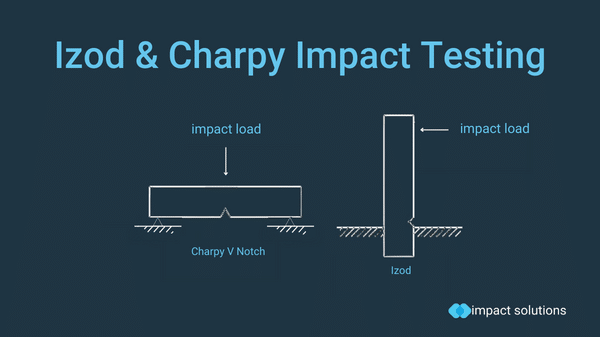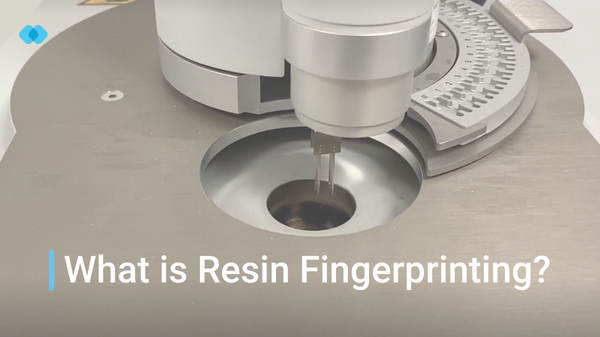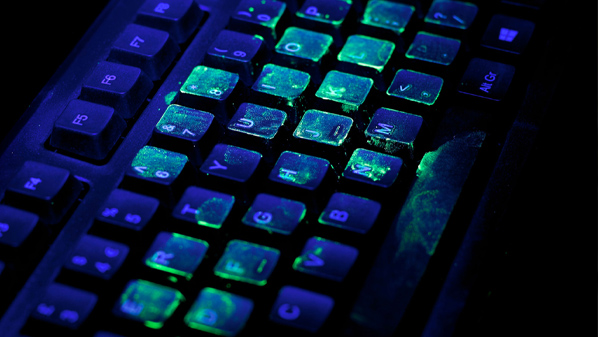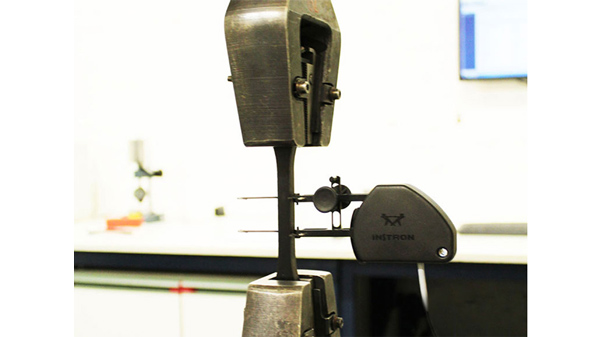Injection Moulding
Injection moulding is a method of forming complex plastic parts with intricate design by injecting a polymer melt into a mould, compacting it for the specified period and pressure, cooling at a controlled rate and ejecting the final product.
In an injection moulding machine, the screw performs two critical functions. First, the rotating action of the screw in the barrel causes a fixed amount of polymer, generally in the form of pellets, to be fed into the barrel from the hopper where the barrel melts it. The screw then stops rotating and moves forward like a piston injecting the polymer melt into the mould through the gate (injection point). After the mould has been completely filled, the screw continues to apply constant pressure on the polymer melt and the cooling cycle starts. This stage is known as pack and hold, as it compacts the polymer melt while being cooled, this prevents excessive shrinkage and warpage. After the cycle is completed the mould is opened and the product is ejected using ejection mechanism, generally using ejection pins.



Injection moulding is also used to produce test specimens preferably when identical specimens are required in large numbers. The process imparts orientation in the specimens which is beneficial if processing glass or fibre filled polymers. A draft angle is also incorporated in the specimens as it is required for ejection from the mould, so care has to be taken when measuring specimen dimensions.
Two shot injection moulding produces products with moulding one material over another, e.g. toothbrush having a plastic body with rubber grip over moulding. Two colour injection moulding produces products with two different colours e.g. car tail lamp. Gas assisted injection moulding produces hollow products which can save material and are lightweight. Insert moulding enables to mould plastic over an insert thus forming a strong bond between the insert and the plastic e.g. moulding plastic handle on the knife blade. In mould decoration enables inserting a layer of laminate or decorated thin sheet inside the mould cavity, which after moulding forms the top surface of the product.
Impact Solutions have good contacts with universities and injection moulders based in the UK to injection mould a wide range of test specimens.





